You never know when you’ll need to have some survival gear on hand.
Survival gear is often one of those things where it’s better to have it and not need it than need it and not have it. If you’re new to the world of prepping and survival gear, there’s so much information out there that it can be downright intimidating. How can you figure out where to start if you ask 10 different people and get 12 different answers?
Plus, buying pre-made survival gear can get incredibly expensive, especially when unscrupulous sellers start cashing in on our instinctual fear of the end of the world.
Don’t let the overabundance of information or the price of commercial survival gear scare you away. Here are some easy ways to become an expert on DIY survival gear, long before you’ll ever actually need it.
Understand What You Need to Survive
Before you start building your DIY survival supplies, you need to understand what is necessary to help you survive in an emergency. The details of the crisis don’t matter — you could be stranded in the wilderness after a hike, trapped in a collapsed building after an earthquake, or set adrift in a life raft after your cruise ship strikes an iceberg in the North Atlantic. It doesn’t matter. You’ll still need the same things to survive.
Keep these four criteria in mind: food, water, fire and shelter.
The order in which you seek these out will depend on the details of your situation. The shelter will be one of your top priorities on a life raft because the sun can kill you faster than anything. Quickly following that will be water, then food. Fire is something you’ll only worry about if you wash up on a deserted island. Don’t burn your raft down. On the other hand, shelter and fire will be your first priorities in a snowy forest because the cold will kill you.
Knowing what you need to survive will help you understand the kinds of supplies you’ll need. Once you have that information, you can create DIY versions of these items to save money and keep yourself safe.
Hone Your Survival Skills
Before you start collecting the pieces for your DIY projects, you need to hone your survival skills. Knowing how to build a bow-drill with two sticks and your shoelaces don’t do you a bit of good if you don’t know how to build, stoke or maintain a fire. Stocking your first-aid kit with sutures won’t help you if you don’t know how to stitch a wound, and spending money on the world’s most expensive filet knife will be useless if you don’t know how to catch a fish.
Take the time to hone your survival skills. Fire starting, fishing, hunting, foraging, building a shelter, finding water, and navigating with a compass or by the sun and stars can all save your life in one situation or another. Make sure you’re learning how to use all the survival gear you’re making. Practice those skills long before you’ll need them.
Start With Simple Projects
Don’t start your foray into DIY survival gear by tackling the most complicated project you can think of. Forging your own hunting knife out of a scavenged railroad spike might sound like a great way to spend the weekend, but it’s not where we suggest starting. Simple projects can help you get your feet wet without chasing you away from your goal of becoming a DIY survival gear expert if something goes wrong.
Start by stitching a lightweight camp pillow that you can take with you on your next trip into the wilderness. All you need for this project is a kit — containing everything you need to start, except a pair of scissors and a sewing machine — and an hour. This task is just one option. There are plenty of potential projects for you to try your hand at when you’re beginning your journey into DIY survival gear.
The goal to start gaining experience. Every expert — regardless of the field — was once a beginner. You have to start somewhere. Pick something easy, build your skills, and work your way up until you can consider yourself an expert.
Start a Fire — DIY Style
Let’s take a closer look at one of the most important tools in your survival arsenal — fire. Being able to start and maintain a fire allows you to stay warm in cold environments, cook food, and purify water. It can also act as a signal if you’re lost and trying to attract the attention of search and rescue teams.
Once you start the fire, it’s easy to maintain. Give it food and oxygen and respect it like you would any other dangerous living thing, and it will thrive. Deprive it of one or the other, and it will die. Lose your respect for it, and you might be the one at risk.
DIY fire starters are a great, simple way to enter the world of DIY survival gear. You don’t need much to make them, either.
You can form simple firestarters by soaking cotton balls in petroleum jelly. The jelly ignites very quickly, and the cotton acts as fuel while you add tinder and kindling to create your fire. Mix the lint from your dryer with melted wax for something a little less messy. Even potato chips — the greasier, the better — can act as a firestarter. In a pinch, you can even start a fire with the battery from your flashlight and a gum wrapper stuffed in the bottom of your pocket.
Practice building a fire. See which firestarter works best for your style before you start stocking up. You may want to have a backup, too — just in case.
Remember Water Purification
Now that you’ve got fire, it’s time to move on to water. This component of your survival skit will be one of the most important things you need to survive. You can live weeks without food — though it won’t be pleasant — but you can only survive for three days without water. That aspect makes water purification essential.
You can buy all sorts of fancy toys to purify your water and make it safe to drink, but that can get expensive, especially if you’re spending a lot of time out in the wilderness. Why waste all that money when you can accomplish the same thing — albeit a bit slower — with a campfire, a pot, and an empty 2-liter soda bottle?
Start by cutting off the bottom of the soda bottle. Then, flip it and add charcoal, sand, gravel, and some larger stones in layers. Leave enough room at the top to pour some water in. You may want to secure a scrap of cloth over the mouth of the bottle to keep the charcoal from flowing out.
Then all you have to do is pour some water in and let it filter down. The various layers will remove particulates and dirt, leaving you with clean water. Boil it for a few minutes over your campfire, and you’ve got safe drinkable water.
The mechanism you use doesn’t have to be a 2-liter soda bottle — that’s just our favorite example. The ultimate goal is to remove any debris and particulates. Then boiling the water kills any bacteria, viruses, or other microorganisms that might live in your natural water source, preventing you from encountering contaminated water.
Build Your Bug-Out Bag With DIY Gear
You don’t have to stop at firestarters and water purifiers when it comes to building your DIY survival gear expertise. Why not construct your entire bug-out bag with DIY gear? There are some things you’ll want to purchase, such as first-aid supplies. That’s only because you want to ensure those materials are sterile to prevent potential infection when using them. Other than that, you can DIY nearly your entire bug-out bag!
Water? Check — build your DIY water filter. Fire? Check — you’ve got a bow-drill consisting of sticks and shoelaces. Everything else you need for a fire, you can find in your environment. Hunting knife? Check — you can follow a set of instructions and learn how to make one out of a railroad spike. Camp pillow? Check — you already know how to sew one.
Once you know what you need to survive and have the skills to use these tools, everything else will fall into place. The less you have to carry, the better. That way, you can move from place to place without being bogged down by a ton of stuff you don’t need.
Be Ready for Anything
The most important thing to take away from all this is to be ready for anything. No one starts as a survival gear expert. The trick is simply to start. Once you get your momentum, nothing will be able to slow you down. Don’t let early failures or naysayers discourage you.
In the wise words of Samuel Beckett, “Ever tried. Ever failed. No matter. Try again. Fail again. Fail better.” Keep following the beaten path, and you’ll be a DIY survival gear expert in no time.


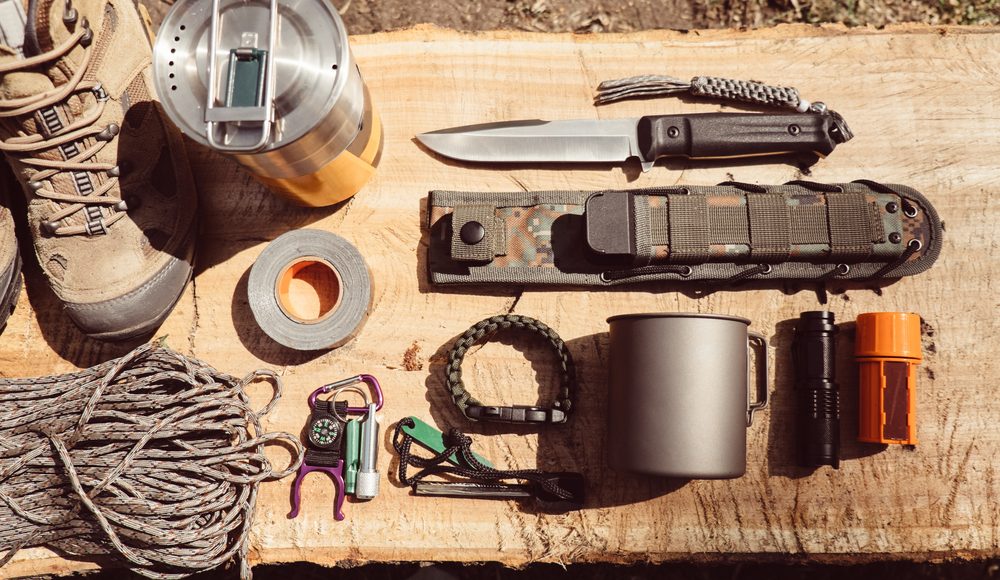

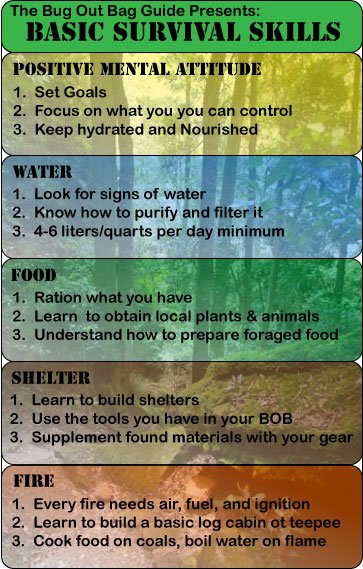
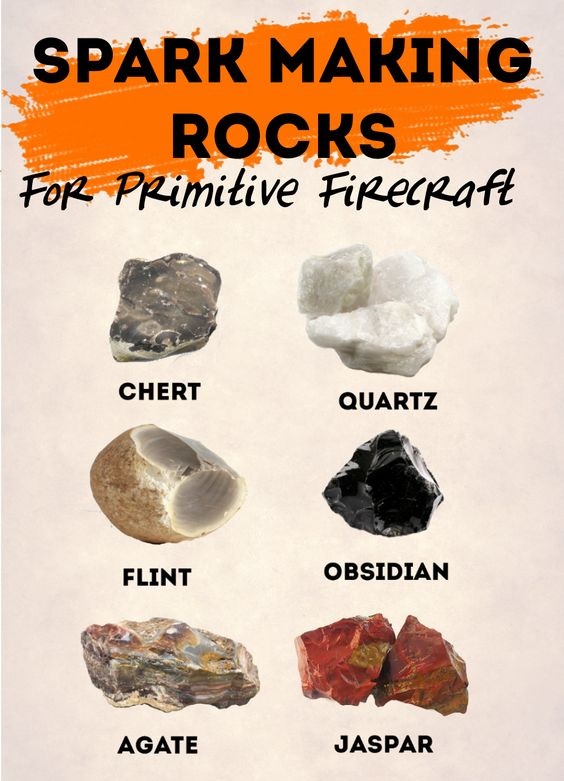
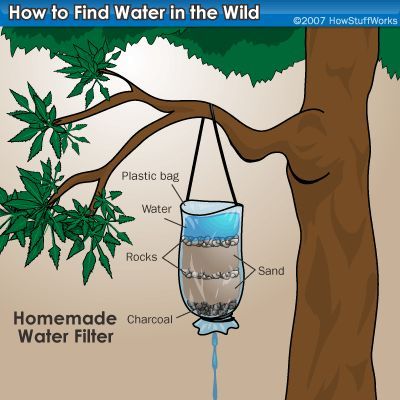


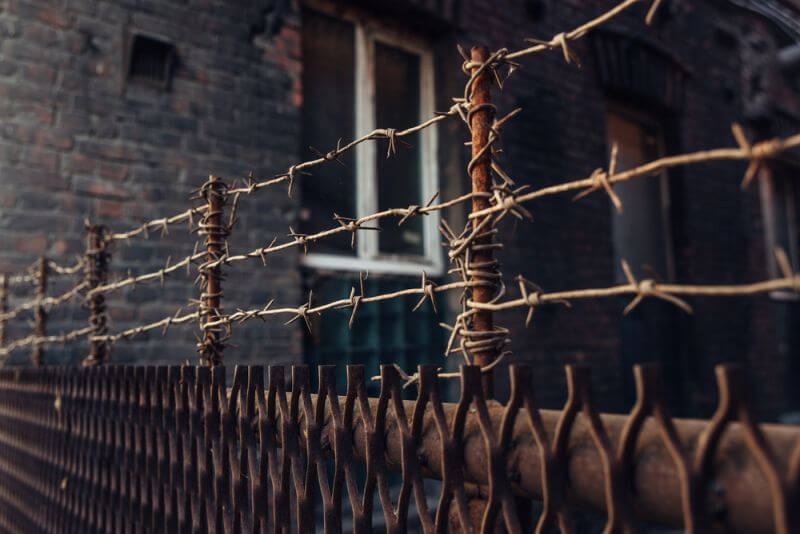

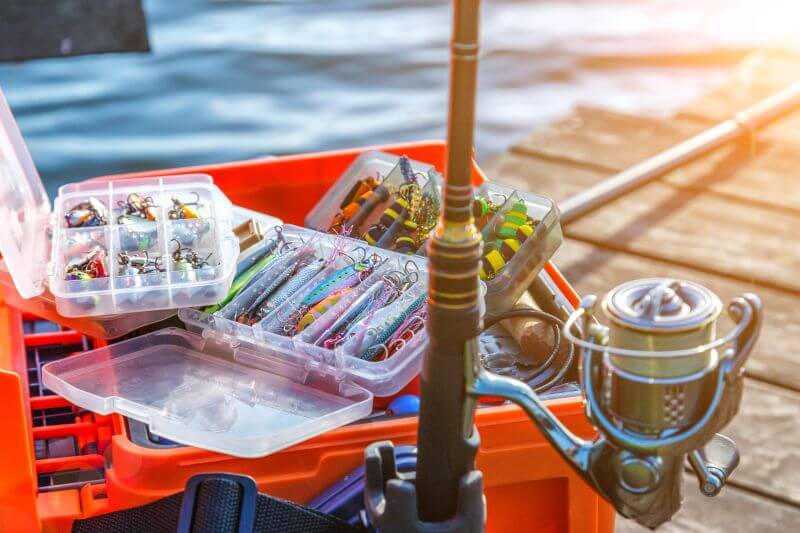


Gail | August 1, 2020
|
Perfect! Send me all I need to know. Please. Thank you very much!